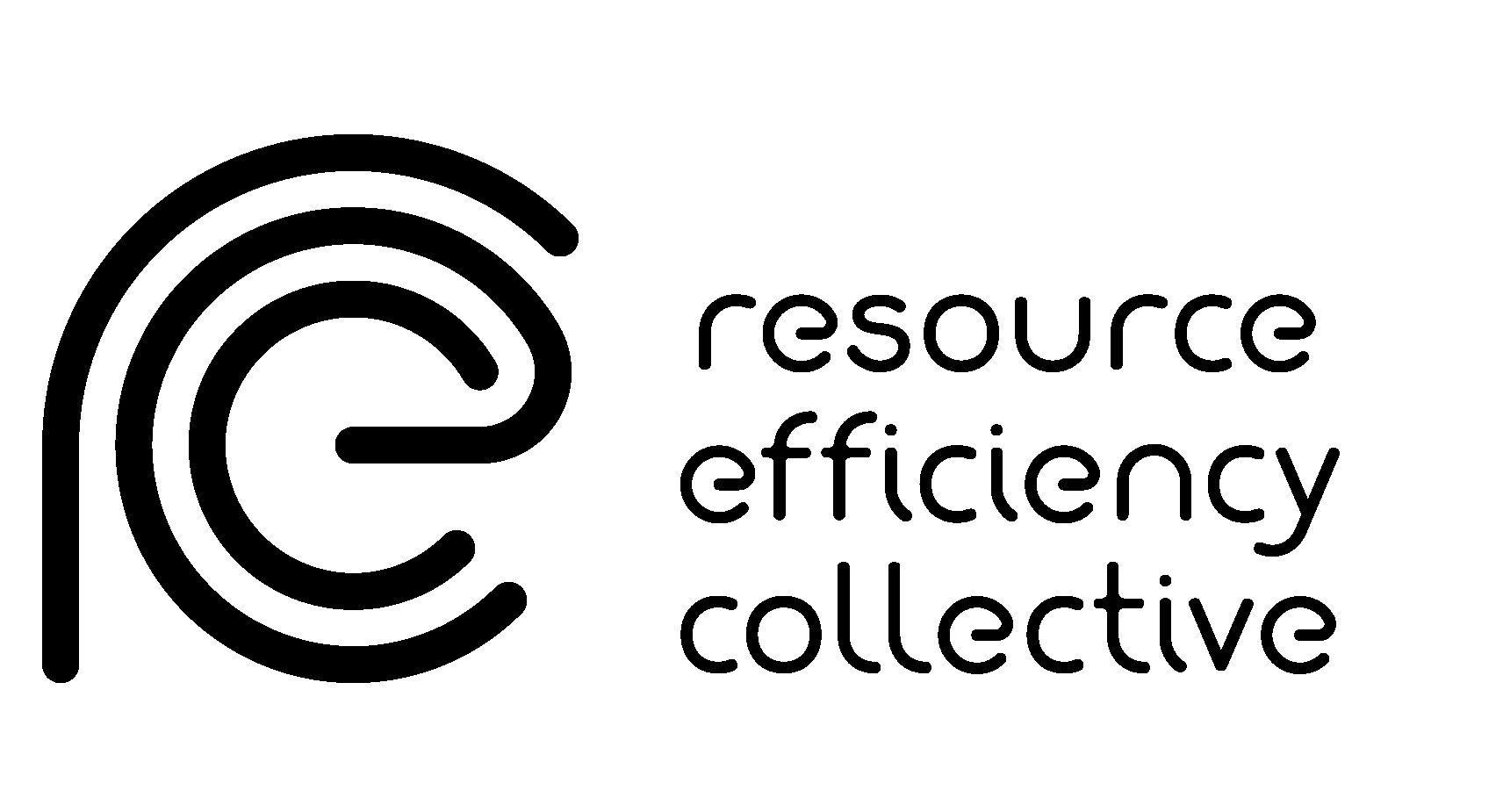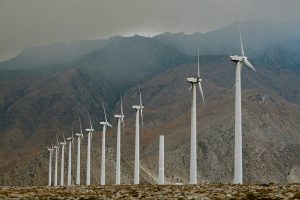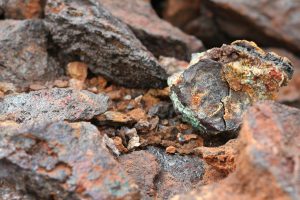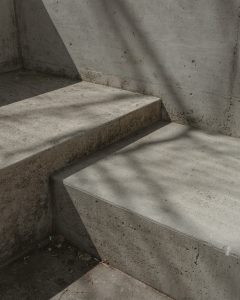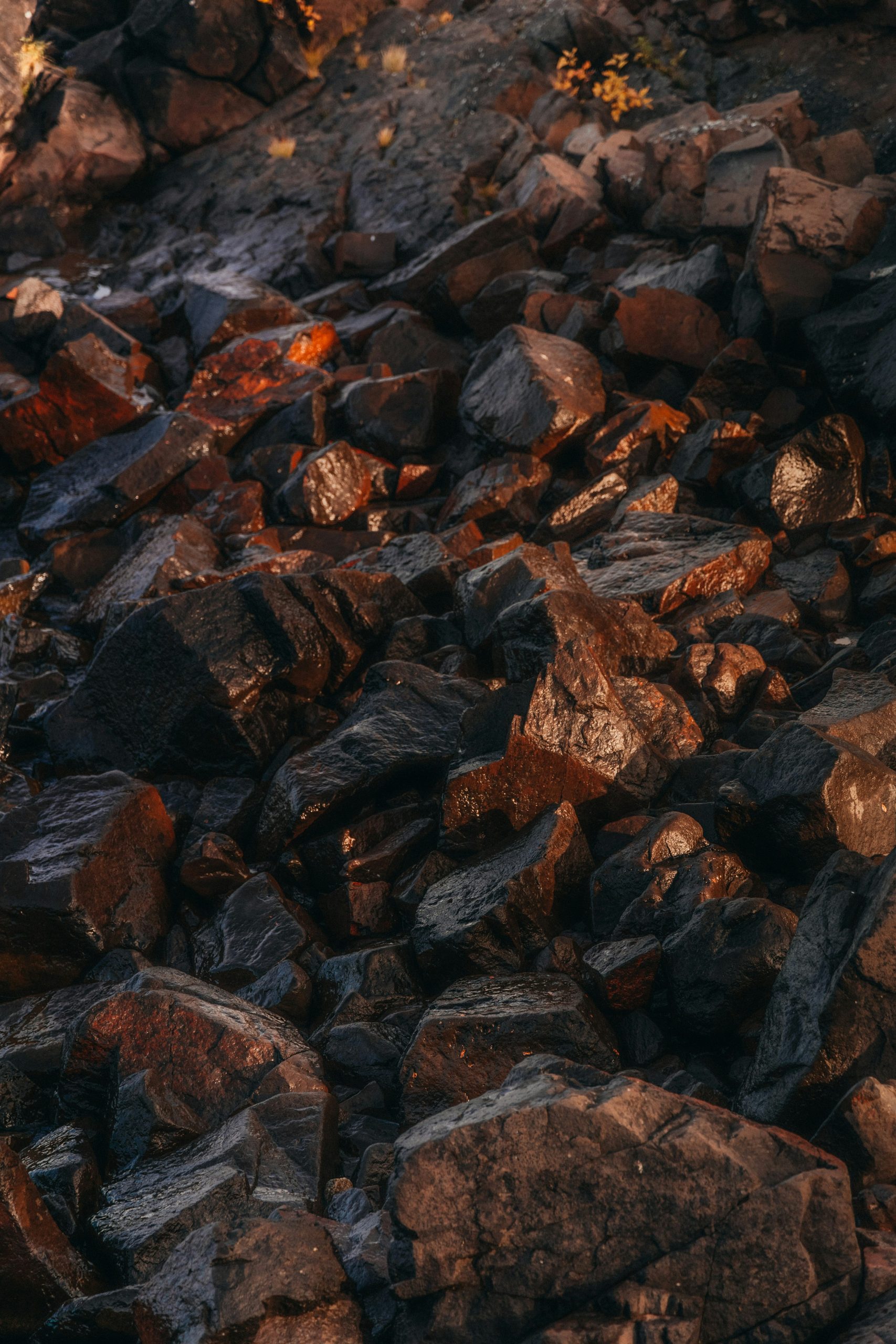End-of-Life Management for Wind Turbines
Global installed capacity of wind power reached 1,136 GW in 2024 (representing 8.1% of total electricity generation), and continued installation of new capacity is needed to provide renewable energy. Effective end-of-life (EOL) management strategies are, therefore, needed to recover materials from wind turbines.
This Review assesses current and emerging EOL practices, comparing the environmental and economic trade-offs across mechanical, thermal and chemical recycling technologies. Wind turbines are built from a range of materials, including structural metals, concrete, composites and magnetic materials, which have distinct recovery pathways and barriers.
Structural metal recycling is well developed and used commercially, but concrete recycling is more nascent and not competitive. Near-term scalable composite recycling technologies — including mechanical recycling and cement kiln co-processing — cannot recover the structural strengths of the original composite, but more advanced technologies — such as thermal fibre recovery and solvolysis — face energy and economic barriers to wide-scale deployment.
Magnet recycling can either preserve material in its intact form through shorter loop processes or recover valuable rare-earth elements through longer loop processes. The size of the magnets could enable direct reuse of magnets, but it is complicated by changing designs. Further development of recycling and reuse pathways should be complemented by design that enables EOL management and materials circularity.
To read the full paper by Refficiency’s Jonathan Cullen, Fanran Meng and other colleagues, in Nature Reviews Clean Technology, click here.
